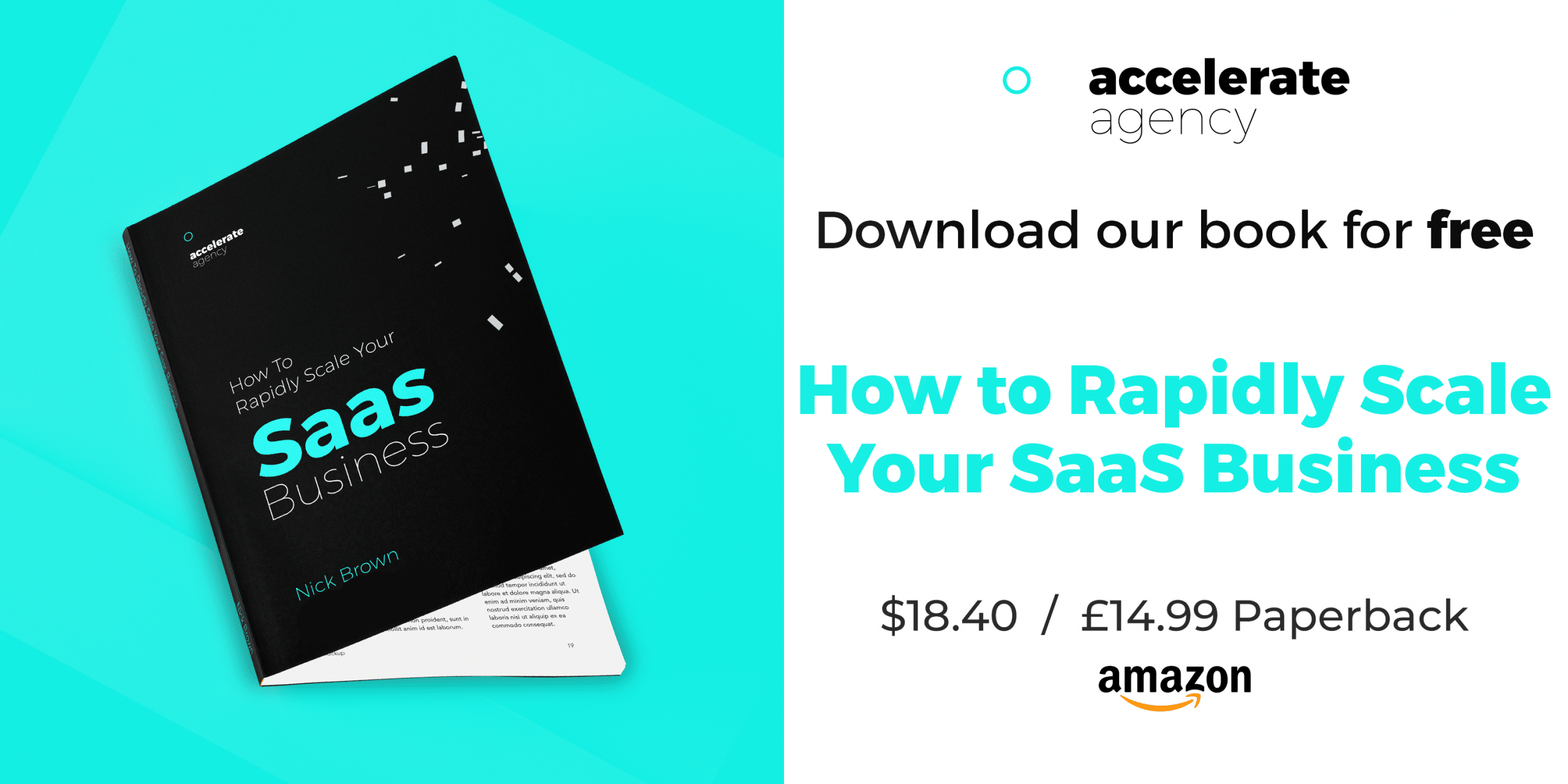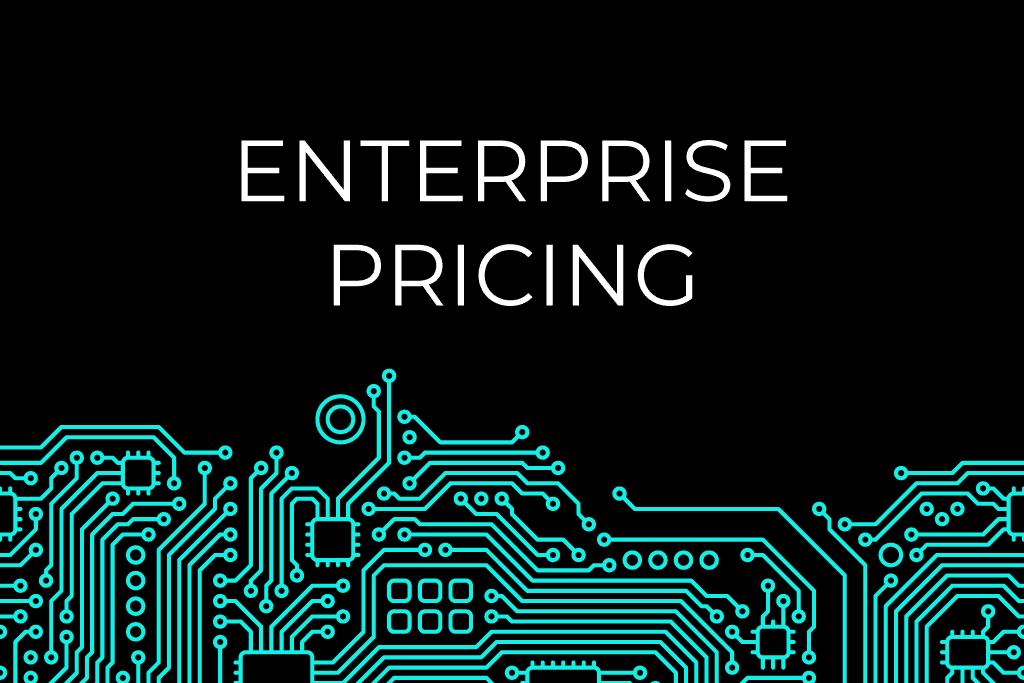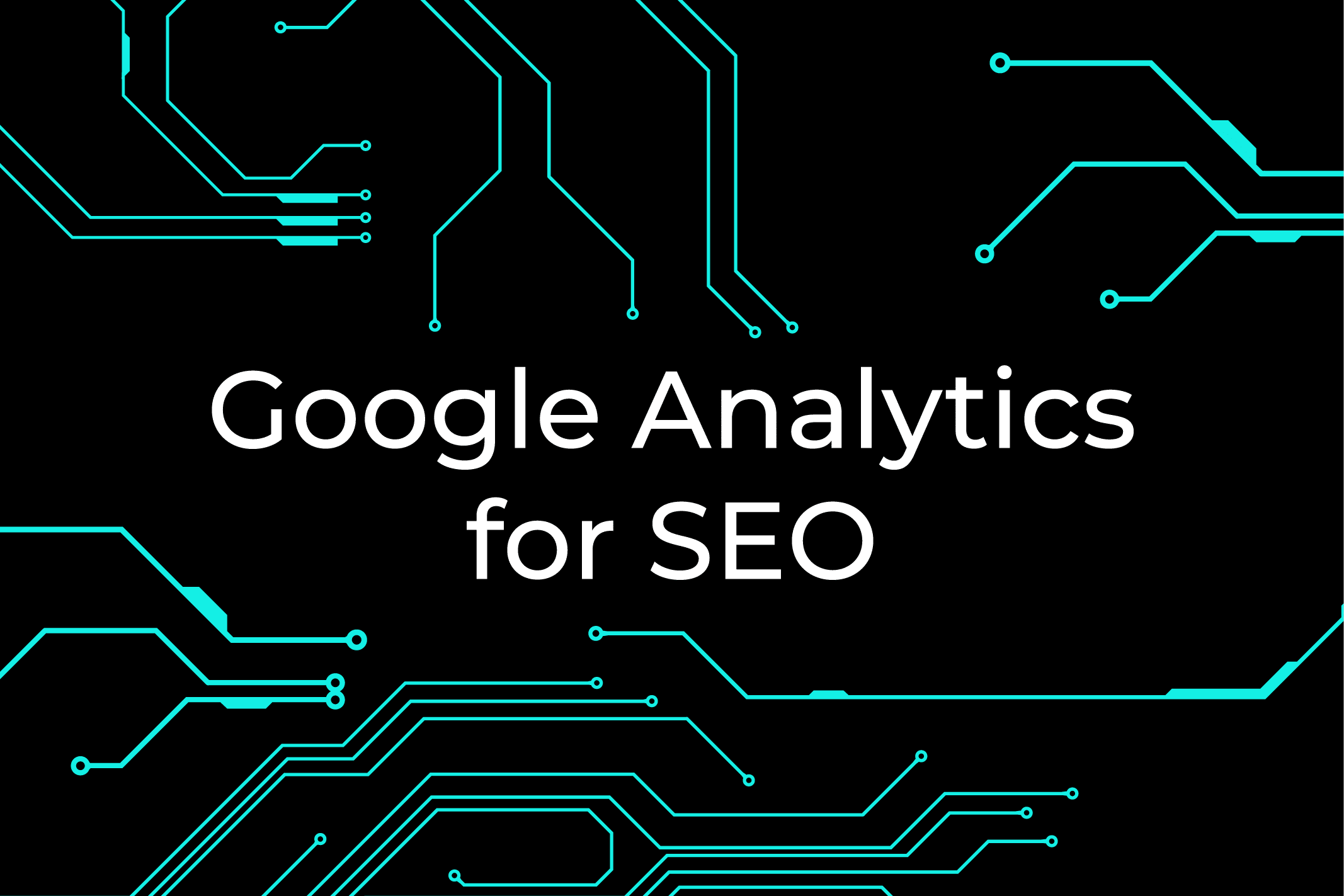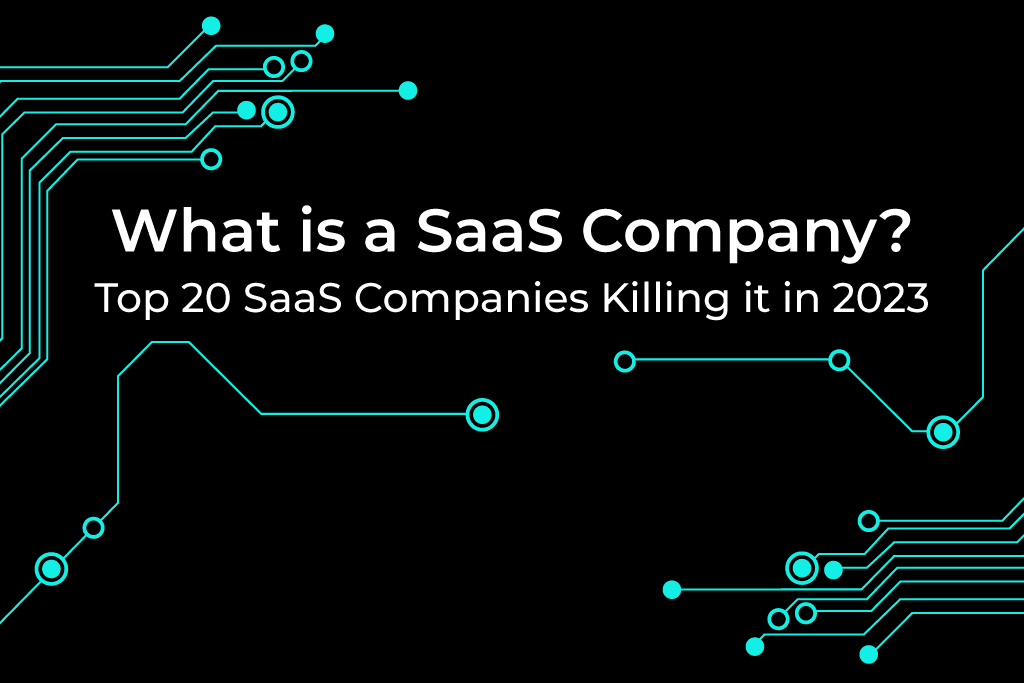20 SaaS Examples You Need to Know About

For ease of navigation, we have added this guide so you can jump to a relevant section:
- What is SaaS?
- What is a SaaS Business Model?
- What is the difference between SaaS, IaaS, and PaaS?
- When to use SaaS?
- How SaaS Organizations Work
- What are the most popular SaaS Companies?
- Best Practices For Choosing a SaaS Company
- 3 SaaS trends for 2021
- SaaS is for everyone
It used to be that when you needed a particular piece of software, whether for personal or business purposes, you simply bought it and installed it on your computer. And while centralized hosting of some business applications dates back to the 1960s, it wasn’t until the 1990s that we saw real growth of ASPs (Application Service Providers).
But it was in the 1990s and 2000s when the idea of cloud computing became widespread. Services such as Amazon S3 launched in 2006, and 2008’s Google App Engine opened the door to PaaS (Platform as a Service) and to the idea of changing the relationship between developers/software companies and consumers.
These changes saw a rapid expansion of SaaS (Software as a service) that continues to grow dramatically today. But what exactly is SaaS, and how does it work? What is the difference between SaaS and other ‘as-a-service models’? And how can the different types of SaaS products benefit you or your organization?
What is SaaS?
SaaS allows you to utilize software based/stored in the cloud on any device with an internet connection. It’s used by all organization sizes, from sole traders to enterprises. The software can be of any type, from design tools (e.g., Adobe Photoshop) to communications, customer relationship management, human resources, ecommerce, or accounting programs.
SaaS solutions are cost-effective as you spread any costs over a period of time instead of making an initial upfront payment. It also offers advantages such as better accessibility (you can access services from any device or web browser with the correct credentials) and better operational or project management. The only possible disadvantage is that in most cases, you need an internet connection to use it.
What is a SaaS Business Model?

With a traditional software model, you would purchase the required program, install it on your on-premises infrastructure (e.g., your desktop), then activate it with a provided end-user license. With SaaS tools, your chosen program is hosted in the cloud, so instead, you sign up to use it and then pay a monthly fee.
As the program is already in the cloud, you don’t need to install anything. You will have created an account with the service provider and, therefore, be able to access the program by signing into that account from any device with a connection to the internet. This allows you to access the software from anywhere without being restricted to one device, as with the old model.
The appeal of SaaS apps to any size of business lies in their flexibility and accessibility, especially in an age of remote working. A company doesn’t need to consider creating or improving IT infrastructure to host multiple programs. And for SaaS providers, their revenue is mainly provided by ARR or MRR (Annual and Monthly Recurring Revenue).
What is the difference between SaaS, IaaS, and PaaS?
The number of acronyms we seem to use daily can often be overwhelming. But in this area, the main three you’ll come across are SaaS, IaaS (Infrastructure as a service), and PaaS (Platform as a Service). Knowing the differences between these can help you understand the field better.
Delivery
- SaaS – With SaaS, you do not need IT staff to download or install any required programs on each machine being used. The business signs up to an account (adding as many end-users as needed), and the vendor deals with technical issues from data to cloud storage and also all maintenance and support.
- PaaS – While the PaaS delivery model is similar to SaaS, the main difference is that PaaS provides a cloud platform for software development. PaaS allows developers to focus on their projects without worrying about updates, storage, operating systems, etc.
- IaaS – IaaS delivers a cloud-based infrastructure for businesses to use. This can include servers, storage, operating systems, and networks. The customer has control over this infrastructure via an API (Application Programming Interface). IaaS eliminates the costs of installing and maintaining physical infrastructure.
Characteristics
- SaaS – The program is managed from a centralized location and hosted on a remote server. SaaS landing pages are accessible via an internet connection (from any device), and end-users have no responsibility for maintenance or updates to software or hardware.
- PaaS – As a type of virtualization technology, it allows total scalability for a business according to its needs. It also provides developers with a range of services that not only help with development but also with testing and deployment. And multiple users can access a project via the same app.
- IaaS – With IaaS, the resources you need are available as a service, and not only are these services scalable, but your costs will vary according to consumption. It allows multiple users to access infrastructure via one piece of hardware while allowing the ‘renter’ complete control of the infrastructure.
Advantages
- SaaS – The main advantage of SaaS is that it reduces how much time and money a business needs to spend on acquiring and installing programs (as well as on ongoing management, maintenance, and updates). This allows your IT staff to focus on other issues within your organization (if you need IT staff at all).
- PaaS – Whether you’re a lone developer or large corporation, PaaS offers many advantages, such as the ability to develop and deploy programs cost-effectively, a reduction in the amount of required coding, easy customization, the ability to automate your business policies, and ease in switching to a hybrid model if you want.
- IaaS – IaaS offers all sizes of businesses a highly flexible cloud model where it’s easy to automate the deployment of required networking, storage, servers, and any needed processing power. You have control of your own infrastructure and can make purchases or scale up as you need. This scalability is ideal for a growing business.
Book a Consultation
When to use SaaS?

The reality is that SaaS can be helpful to anyone, from a private individual to a multinational corporation. But there are several scenarios in which you can identify the major benefits of SaaS’s offerings:
- Temporary or short-term projects where a specific software solution is required
- Small businesses or startups, who either need to launch something quickly or don’t want to face the capital outlay of purchasing a program
- Situations where you need access to programs from multiple devices, including mobile devices
- Programs that may be ‘seasonal’ in nature and are seldom used, such as tax software.
- Projects that may require collaboration from multiple users in different and remote locations
How SaaS Organizations Work

A new SaaS organization usually followS three main phases of developing and growing its business:
1. Setup
The founder(s) must first identify the programs they plan to develop, understand the demand for those products, and pinpoint their likely customer base. This also involves planning a sales and SaaS marketing strategy, establishing a customer support side, and seeking funding.
2. Growth
The next stage should see healthy growth. Because SaaS organizations usually offer their products to a global market, that growth should see an expansion of their market, which means a need for more sales, customer support, and marketing staff.
Growth means extra revenue, and the company will be looking to invest that revenue in developing new products, services and additional staff.
3. Stabilization
This phase should see continuing new customers and revenue without any marked increase in overheads. The business should have invested in automation and product updates that will sustain it in this phase.
What are the most popular SaaS Companies?

You can separate SaaS applications into two broad categories: B2B (Business to Business) and B2C (Business to Consumer). Many of the examples of SaaS on this list will be instantly recognizable, and you may use some of them daily, whether for personal or business reasons.
B2B

1. RingCentral – A provider of cloud-based communications solutions and collaborative programs for any size of business that includes features such as video conferencing. Their unified communications platform offers a scalable and cost-effective service for any type of business, as well as high-quality contact center solutions.
2. Automation Anywhere – One of the global leaders in RPA (Robotic Process Automation), AA offers cloud-native and web-based automation solutions for repetitive processes. These help businesses to digitize and automate repetitive processes, allowing staff to focus on more complex tasks in the long term.

3. Brightpearl – Offers SaaS services to automate many critical retail functions. Its advanced omnichannel retail management system lets you centralize processes, such as inventory management, financials/accounting, POS and CRM, etc., all in one place. This provides operational agility that can help boost sales and revenue.
4. Global App Testing – Provides QA and engineering teams with a simple process to test software and apps for bugs and other development issues. With a pool of over 50,000 professional testers, GAT offers swift results to any test in any country. This allows your own developers to focus on major issues and completing projects on time.

5. Dialpad – Offers businesses an AI-powered, cloud-based communications platform that keeps your teams connected and allows for more efficient collaboration. Dialpad provides products and solutions that include video conferencing, cloud-based contact centers, sales coaching tools, enterprise-level telephony, etc.
6. Salesforce – Offers high-quality CRM and a wide-ranging suite of applications to help the modern business that focuses on customer service, marketing automation, in-depth analytics, and development of applications. It can help you achieve a high degree of personalization that improves the customer experience.

7. Amazon Web Services – One of the earliest SaaS services and also the world’s most comprehensive cloud service. AWS offers a wide range of APIs and other benefits as a pay-as-you-go service. AWS is a service that is not only highly reliable but provides a low-cost, scalable cloud infrastructure platform.
8. Hubspot – Provides a CRM platform for modern businesses that offers all the tools and integrations necessary for efficient sales, SaaS content marketing, etc. While each tool offered is powerful in itself, it’s when each tool integrates together that you can see the significant benefits to your business.

9. Mailchimp – An integrated and automated marketing platform that also allows for automated and scheduled email marketing. Its integrated all-in-one platform allows businesses to talk to customers, suppliers, etc., easily and also offers great management practices and powerful analytics abilities.
10. Shopify – A subscription-based program that lets anyone build an online store easily. Shopify clients can also sell in physical locations with the company’s POS app and additional hardware. Merchants who have a physical presence can also sync their inventory and stock management systems from one device.

11. ZenDesk – Provides service-orientated CRM software that’s flexible and scalable and helps businesses improve their customer relationships. As well as marketplace apps and integrations, it also offers solutions to streamline and improve your customer service and sales processes and boasts an efficient CRM platform.
B2C

12. Dropbox – Offers a cloud-based file storage and hosting service that also provides file synchronization and client software. It can help businesses streamline and optimize workflows and enhance collaborative working for any of your remote teams. It’s also ideal for sending large files with little hassle.
13. Google Apps – Now known as G Suite, this is a collection of various tools, products, and software developed by Google that helps with cloud computing, collaboration, and productivity. G Suite can help dramatically reduce your infrastructure costs with all of your data, including email, stored securely on Google servers.

14. Gmail – A SaaS email and messaging service provided by Google with over 1.5 billion users around the world. And Gmail, along with Google Chat, is now part of Google’s integrated Google Workspace platform, allowing for greater levels of communication, organization, and collaboration.
15. Google Drive – Provides file storage and synchronization that allows for seamless integration with other tools such Docs, Sheets, and Slides, enabling efficient and real-time collaboration. Your files (with up to 15GB of free storage) are all securely stored on Google’s cloud servers.

16. Canva – Offers an SaaS service for graphic design that provides templates to allow users to create graphics for social media, book covers, posters, etc. With easy-to-use features, Canva opens the world of design to everyone and makes it simple for you to publish the results on a range of platforms.
17. Netflix – Supplies streaming services to subscribers featuring a wide variety of films, documentaries, TV series, etc., from around the world. As well as offering content from production companies worldwide, Netflix also commissions its own films and series in a wide range of languages.

18. Uber – A platform providing a wide range of transport-related services, including food delivery, ride-hailing, parcel shipping, etc. The service is available in more than 10,000 cities across more than 70 countries and is continuing to expand.
19. Adobe Creative Cloud – Offers the full suite of Adobe Inc.’s software that allows for video and photo editing and manipulation, graphic design, etc. The applications available in the suite include Photoshop, InDesign, Illustrator, Premiere Pro, and others. Subscription is on a monthly basis for the services you opt for.

20. Spotify – A digital service offering mainly music but also podcasts and videos. Spotify offers audio and media streaming services to over 356 million users every month. The basic version is free, but there are premium options with a monthly subscription fee.
Best Practices For Choosing a SaaS Company

As you’d expect, as the use of SaaS has grown dramatically, so has the number of providers offering SaaS services to the market. What factors should you consider when making a shortlist?
1. Support
You expect high levels of support from your provider. It can be easy for them to promise support but will they actually deliver? Some providers may also offer different levels of support depending on the size of your business.
Reviews are one way to gauge how good support is—research user experiences for the provider you’re considering. Investigate the different levels of support offered. If a company makes your shortlist, sign up for a trial to test support.
2. Migration & Training
If you’re changing from an on-site model, then you’ll face certain challenges. Will your provider assist with migration to the new platform? You want any migration to be painless and to experience little or no downtime or issues with functionality.
Whether migrating or implementing a brand new system, you want some level of training. That may come in the shape of site-based tutorials, training videos, webinars, etc. Ask your provider what they’re willing to provide.
3. Small Print
Things like price plans can affect other factors such as availability and performance. Be sure to know exactly what you’re getting. Negotiate a SLA (Service Level Agreement) that clarifies all the crucial points:
- A comprehensive list of services
- Clear definitions of downtime and availability
- The availability you require for each service
- What you see as acceptable downtime
- How you would report issues, loss of service, and downtime
There may be other factors essential to your organization, with some of those listed less critical. So think carefully and discuss what matters most to you..
4. Security
When using SaaS, your customer data and information is being accessed via the internet and hosted by a third party. That means security should be one of your primary considerations.
If you can’t see a comprehensive list of security features, ask. What are the security safeguards? Can their employees access your data? Do they have redundancy in place for your data storage at their data center?
5. Needs
With such a crowded market and many special offers, it can be tempting to make a quick decision. It’s important to make a list of your current needs and look at what your needs may be in six months, a year, etc. Can the provider offer the scalability you may need in the future?
Some of the solutions you look at may focus on very specific processes, while others may offer business-wide solutions. Look closely at your expectations but also at what secondary benefits may come from choosing a specific package.
6. Reputation
It’s always worth digging deeper to see what reputation the solution and the provider have within the industry. Browse the tech sites relevant to the service you’re considering, see what other people, and industry experts, have listed as pros and cons.
Reviews from companies in the same field of operations can help you decide how relevant a particular solution is. And even if a provider has a great reputation, conduct competitive SEO analysis to investigate how solvent the company is.
3 SaaS trends for 2021
1. AI
The use and complexity of AI continue to grow, but how will it affect the future of SaaS?
- Personalization: With better NLP (Natural Language Processing), AI will help with customer service functionality and allow for greater customization that better addresses needs and will improve the overall customer experience.
- Speed: With AI, SaaS will provide faster processes and operations, allowing businesses to make quicker decisions, responses, etc.
- Security: AI automation combined with machine learning means that security will be enhanced and threats identified quicker.
2. Machine learning
ML is an area where we see some of the most significant progress when it comes to software, and that applies equally to SaaS. ML will become an increasingly central feature of many SaaS models. It will help especially as:
- Programs will learn from every assigned task or interaction, thus improving intelligence and efficiency as they do so
- It provides greater insight and context to your data so that you can adjust processes etc. to be more competitive
- It enhances your internal communications and understanding, leading to improved collaboration and operations
3. Vertical SaaS
There will likely be an increase in vertical SaaS where customizable solutions will be available to specific sectors and industries. This sort of SaaS is both cost-effective and very beneficial, given its degree of customization. Some of these benefits include:
- Customer intelligence and data specific to your industry that can help inform customer-centric insights
- Simple analysis due to the pre-defined KPIs and metrics involved. This allows businesses to assess short and long-term needs better
- Better value as the solution is designed to meet the specific needs of your industry and helps with organizational performance and operations
- Better compliance since it’s industry-specific and can therefore address issues around data governance and other regulatory requirements
SaaS is for everyone
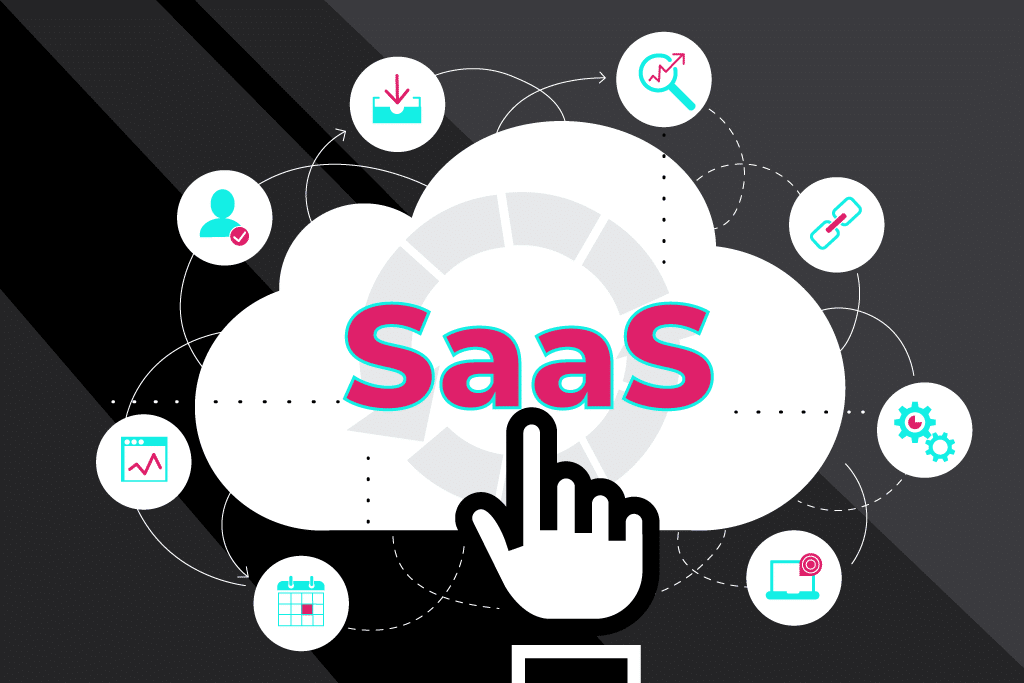
As SaaS grows in popularity, so does the range of solutions on offer. The beauty of SaaS is that it really is for everyone. Are you a solo freelance graphic designer? Then there are solutions out there that can help. A new business watching its budget? SaaS offers scalable solutions that can grow with your business. A multinational corporation? There are company-wide solutions for you too.
SaaS works hand-in-hand with your marketing strategies and helps boost your efficiency and productivity. Once you’ve taken those first steps on the SaaS path, it may be time to consider learning more about content marketing to accelerate your visibility, brand, growth, and success yet further.
If you are enjoying this post why not book a consultation with accelerate agency to see how we can help skyrocket your SaaS business
